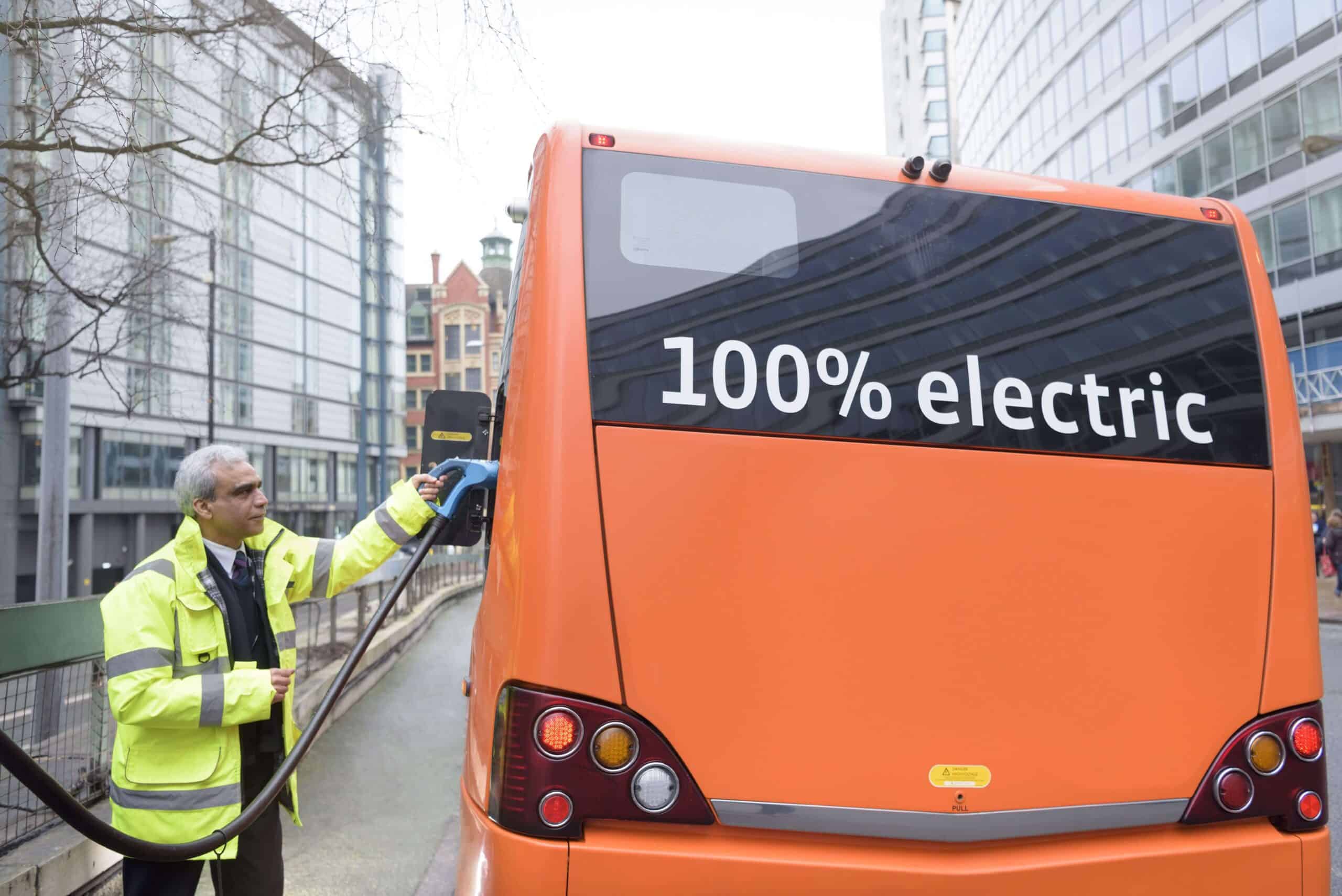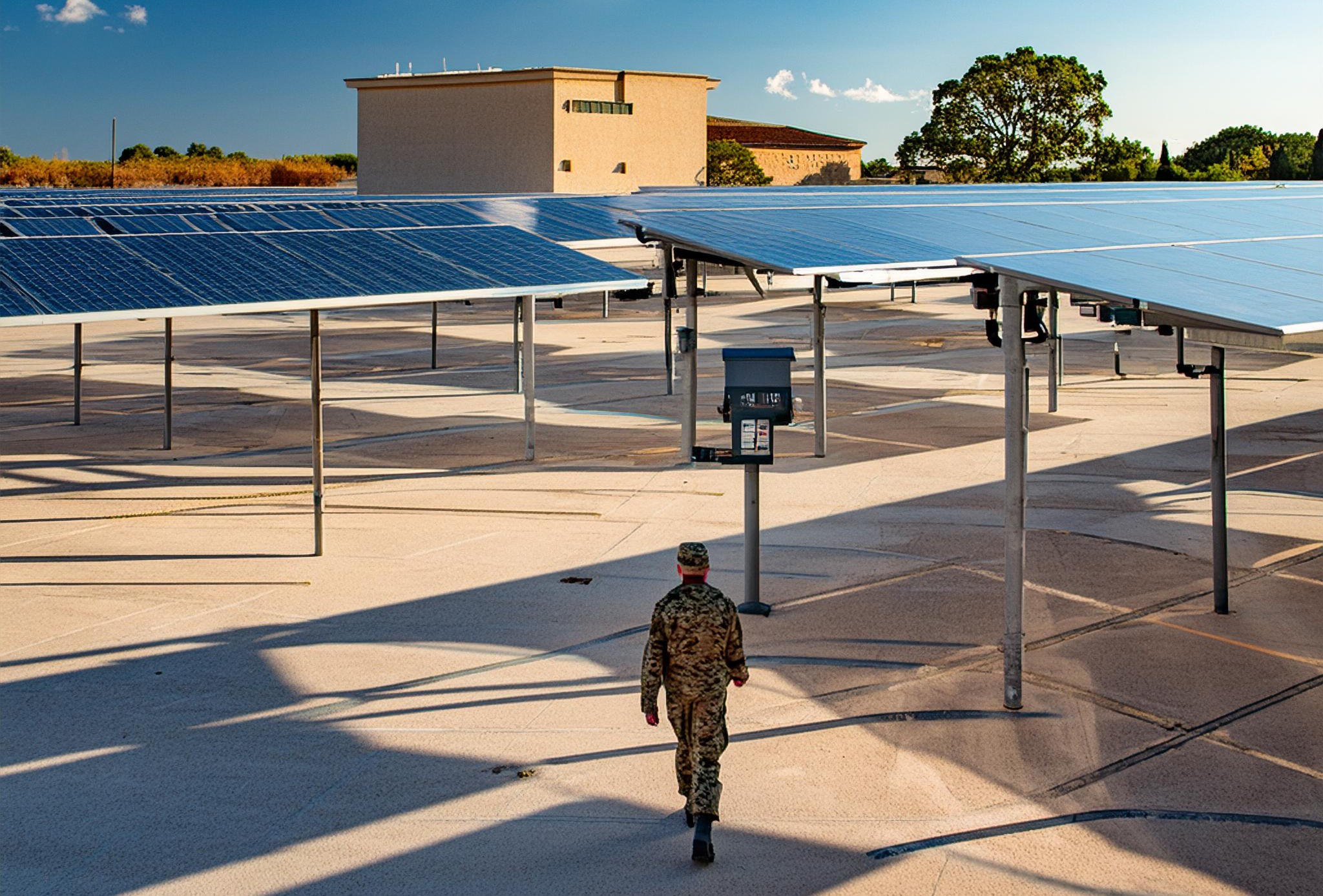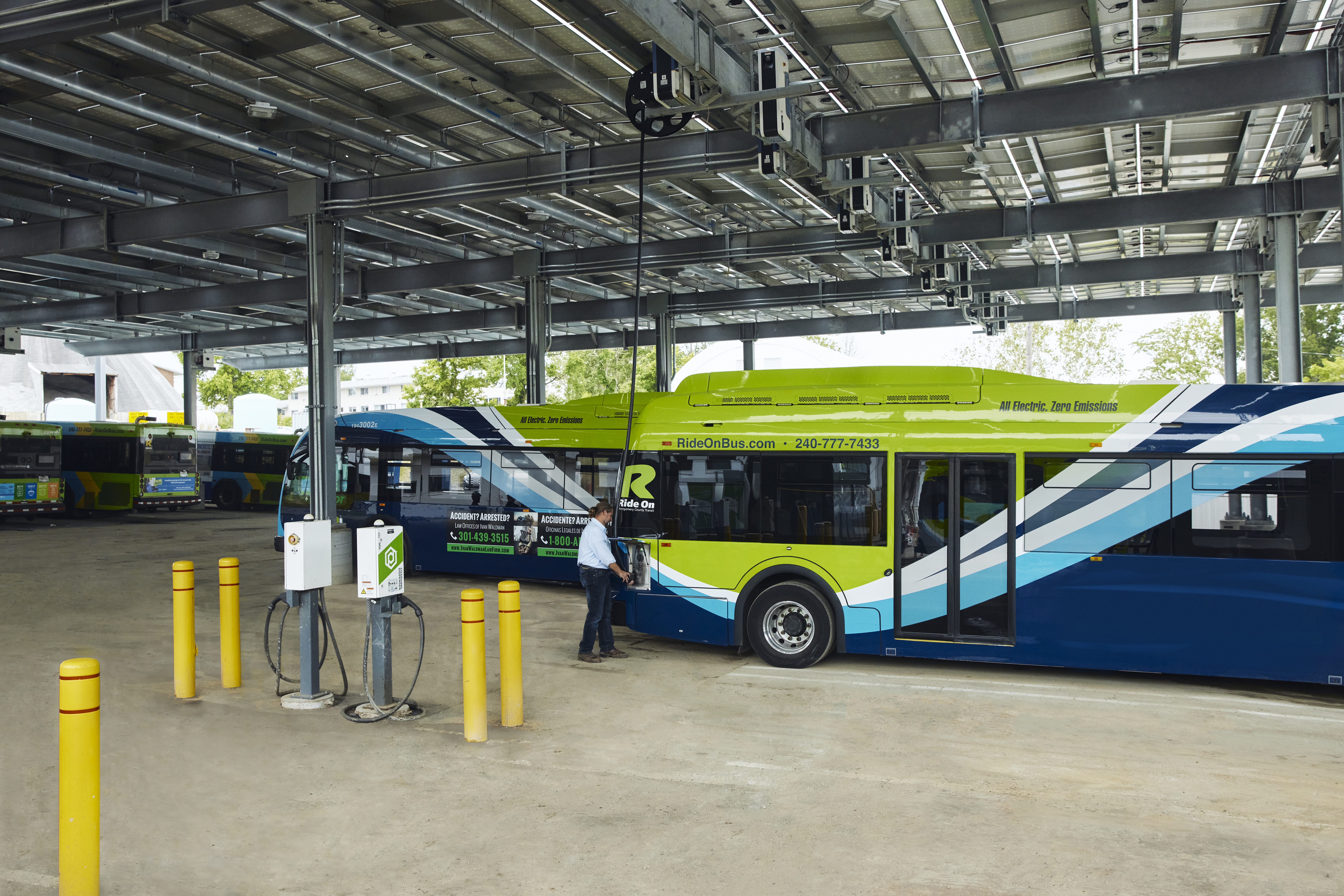This has been a historic year for electrification and infrastructure investments. A fundamental question is how organizations and municipalities will fund, build and manage charging infrastructure for fleets. There has been much conversation around Charging as a Service (CaaS) solutions, whereby a third-party such as ChargePoint, installs and interconnects an on-site charging station to the local utility and manages this on behalf of the customer. In general in this scenario, the customer pays utility ratesfor the electricity plus a fee to pay off the cost of the charger via a subscription model. CaaS providers also typically provide guidance on when to charge the fleet based on when electricity prices are lowest, i.e. a ‘managed charging’ program.
But this service does not account for many of the specific energy challenges that electric fleet owners and operators can run into, such as ensuring uninterrupted operations, managing cost-efficiencies over time, and achieving carbon reduction goals. For many organizations, it simply doesn’t make financial or operational sense to rely solely on their local utility to charge their vehicles at this point in time.
For starters, in many locations the grid does not have the required capacity to meet increased demand for EV charging. According to a Princeton study, it will take an additional $350 billion for the U.S. to develop the capacity needed to achieve national EV and net-zero carbon commitments. Momentum is finally building to address long overdue upgrades to distribution networks with the passage of the new infrastructure bill through the senate. But it will take considerable time and further investment to ready the grid for Biden’s goal of having 50% of all new vehicle sales be electric by 2030.
CaaS customers will remain exposed to volatility in electricity prices, which stem from our nation’s aging grid infrastructure. Further, most electric fleets are subject to time-of-use rates and demand charges, so without demand management strategies and time-limited favorable EV charging tariffs, utility bills can easily grow out of control.
Lastly, many utilities often cannot deliver the level of decarbonization, reliability, or resilience to adequately support fleet owners’ EV adoption. Often, the largest driver of fleet electrification is to reduce emissions. Charging electric vehicles from the local grid –which in many areasis still dominated by fossil fuels –can defeat this purpose. The increasing frequency of utility power outages due to climate change-induced extreme weather is another major concern, and the risk of not being able to fulfil their operational and service obligations can dissuade fleet owners and operators from electifying.
Up until recently, organizations haven’t needed to think about the interplay between their transportation operations and energy consumption. The transition to zero-emission vehicles requires a significant change in mindset that puts the reliability, resilience and cost-effectiveness of organizations’ energy supply front and center.
For all of these reasons, I would like to see the narrative shift from utility-centric electrification solutions to integrated electrification infrastructure solutions —one that accounts for the EVs themselves, routing use cases, charge management, energy management software and distributed energy resources. Fleet owners and operators can benefit greatly from on-site clean energy systems, otherwise known as microgrids, that include distributed generation and storage technologies, fuels and controls. This integrated approach ensures there is a dedicated source of sustainable and resilient energy to charge vehicles and maximizes operational flexibility.
Developing on-site electrification infrastructure may not be as quick as plugging a charger into the utility’s supply, but with the emergence of Energy as a Service as a larger umbrella to capture all of the backend infrastructure required to transition to a clean fleet, it no longer has to be more expensive and complicated for the fleet owner. Customers can deploy robust charging infrastructure at no upfront cost with guaranteed outcomes for energy sustainability, reliability, resilience and costs over time.




